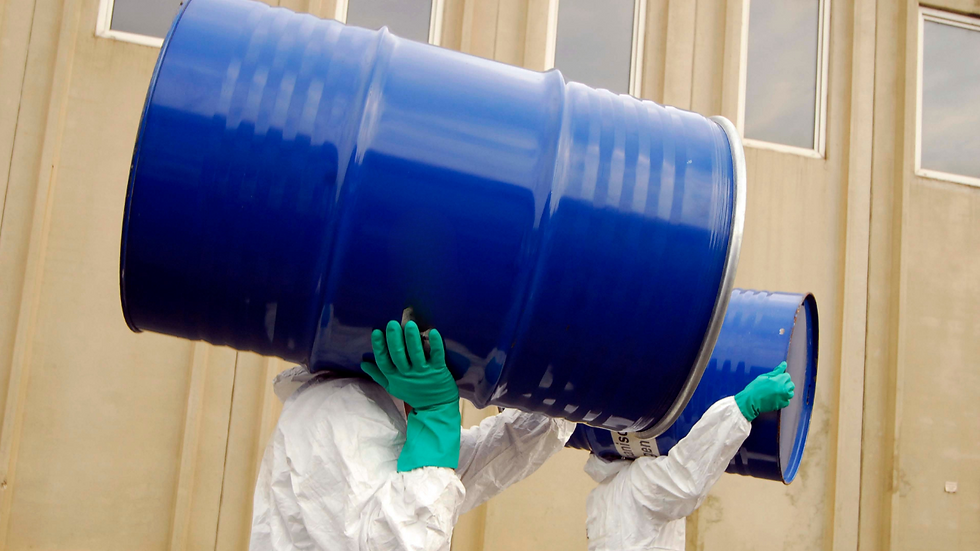MSHA’s 2024 Silica Rule: What Industrial Hygienists and Safety Professionals Need to Know About Regulatory Differences Between Coal and MNM Mines
- Shane Stewart

- Jul 17
- 3 min read
A technical breakdown for safety and IH professionals on monitoring, compliance, and implementation across mine types

OverviewIn 2024, the Mine Safety and Health Administration (MSHA) finalized a landmark rule that harmonizes the permissible exposure limit (PEL) for respirable crystalline silica across all U.S. mines. While the new limit is now consistent—50 µg/m³ as an 8-hour TWA—the path to compliance diverges sharply between coal and metal/nonmetal (MNM) mines. For safety and industrial hygiene professionals tasked with silica sampling, understanding these sector-specific requirements is critical for accurate monitoring, effective program design, and timely compliance.
1. Unified Exposure Limits, Divergent Histories
Coal MinesPreviously, coal mines lacked a standalone silica PEL. Quartz (a silica polymorph) was managed indirectly by adjusting the coal dust PEL based on the percentage of quartz present. For instance, if respirable coal dust contained 10% quartz, the PEL dropped from 2.0 mg/m³ to 0.9 mg/m³.Now: A fixed PEL of 50 µg/m³ is enforced, aligning coal operations with broader industrial hygiene standards and simplifying exposure assessments.
MNM MinesThese mines formerly adhered to a silica-specific PEL of 100 µg/m³, which reflected outdated risk thresholds and less frequent oversight.Now: MNM operations are also subject to the 50 µg/m³ PEL—effectively cutting the previous limit in half and requiring more rigorous exposure management.
Action Level (AL):Both sectors now recognize a 25 µg/m³ AL, triggering mandatory monitoring and exposure control efforts. This is a new regulatory threshold that did not previously exist in either mining segment.
2. Sampling Frequency and Methodologies
Coal MinesCoal operations were already under continuous respirable dust sampling obligations (30 CFR Part 90), but silica was historically treated as a secondary concern.
New Requirements:
Silica-specific sampling is now mandatory, using ISO 7708:1995-compliant samplers.
Overexposures must be reported to MSHA immediately.
Representative sampling is allowed for workers performing identical tasks.
MNM MinesHistorically, many MNM operators lacked formal sampling programs; monitoring was often limited to MSHA spot checks.
New Requirements:
Initial sampling must begin by April 2026.
Semi-annual re-evaluation is required when exposure conditions change (e.g., new equipment or geology).
Sampling may be discontinued only after two consecutive results below the AL.
For IH professionals, this means MNM mines will likely need comprehensive baseline assessments, followed by methodical implementation of periodic monitoring protocols.
3. Medical Surveillance: Expansion into MNM Sector
Coal MinesCoal operations have long maintained respiratory health programs, including chest X-rays and PFTs.Under the new rule: Silica-specific surveillance is clarified but largely unchanged.
MNM MinesFor the first time, MNM mines must implement full medical surveillance programs, modeled after coal standards:
Initial exams within 60 days of miner employment.
Chest X-rays read by NIOSH B-readers every five years.
Follow-up with specialists if abnormalities are detected.
Compliance begins April 2026, giving IH teams time to develop medical partnerships and integrate new data management processes.
4. Respiratory Protection: Temporary Tool, Not a Substitute
Coal MinesRespirators may only be used as an interim control measure—not a long-term solution. Existing standards for enclosed cabs and other engineering controls remain in effect.
MNM MinesSimilar provisions now apply, but with additional mandates:
Programs must follow ASTM F3387-19, including fit-testing and medical evaluations.
Respirators may be used temporarily during high-exposure maintenance tasks or while implementing controls.
Safety professionals should anticipate an increased demand for qualitative/quantitative fit testing and medical surveillance coordination, especially in MNM settings.






Comments